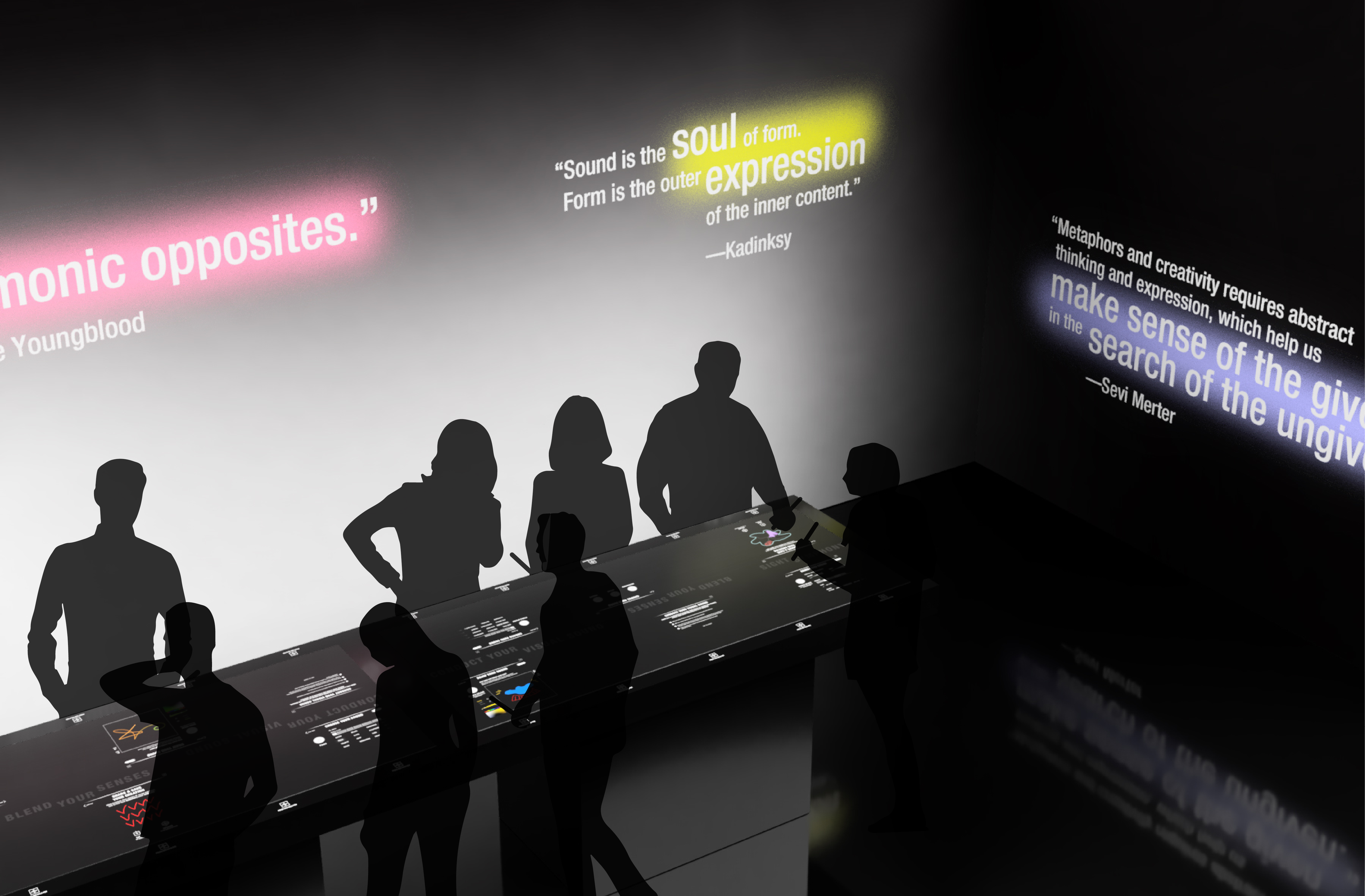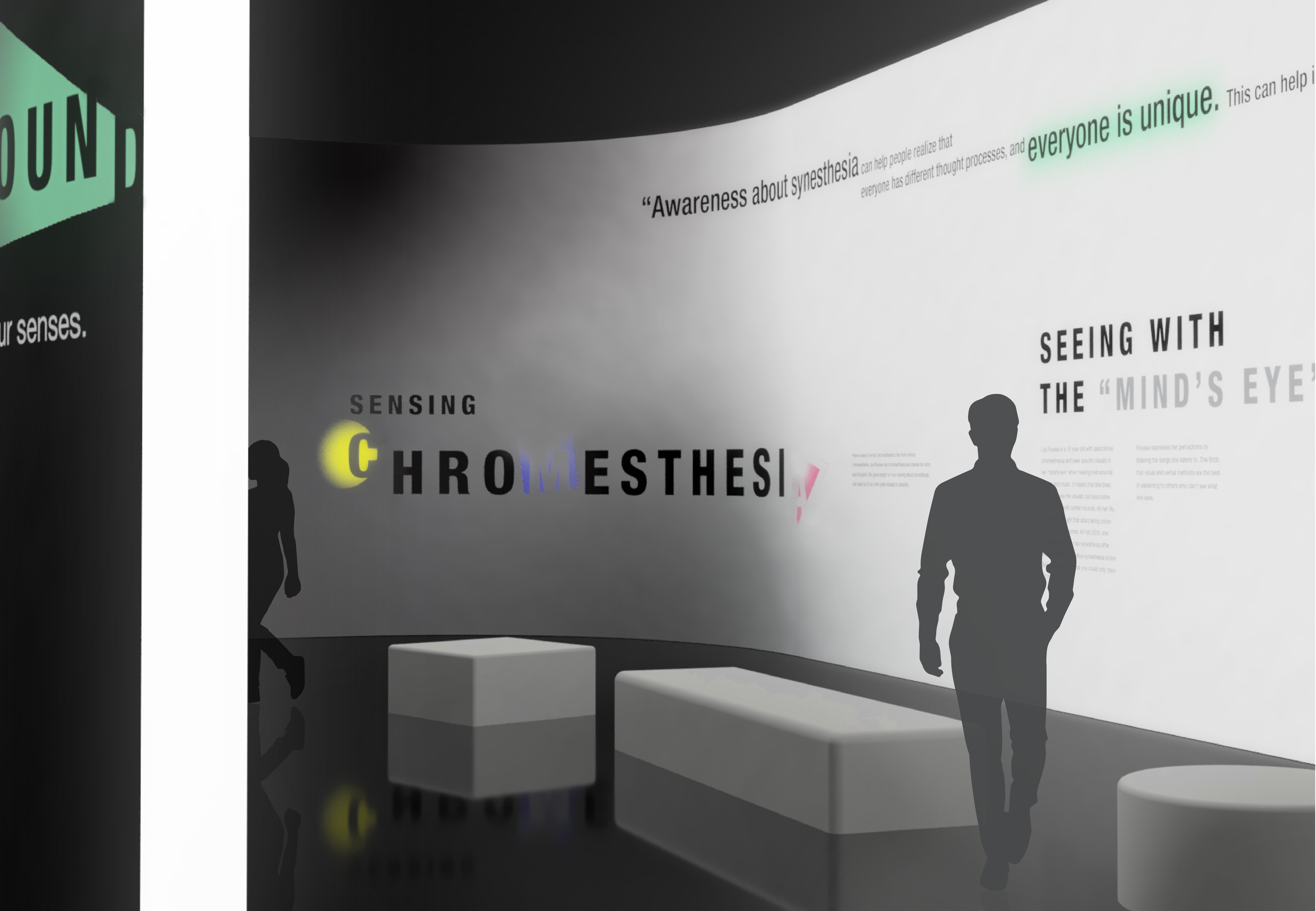
Jaerica Vitug

Abstract
When we experience things, a majority of us get triggered with our natural sensory and cognitive responses. However, people with synesthesia, or synesthetes, experience life in a different perspective by having an involuntary crossovers of senses. There is a type of synesthesia called chromesthesia, which is when the sense of hearing blends with the sense of sight. A person with chromesthesia, or a chromesthete, sees certain colors, shapes and movement when they hear a certain sounds or music. For each chromesthete, their experiences differ between them. For Lila Rousse, she has chromesthesia, and she associates instrumental sounds with colored shapes and lines. Not only does she appreciate her gift of synesthesia to view the world in an exciting way, she also believes that it “can help people realize that everyone has different thought processes, and everyone is unique.” She also states that learning about synesthesia encourages us to be more empathetic of other people’s lives. She also creatively expresses what she experiences by drawing songs she listens to. As for myself and the majority of us who do not have synesthesia or unaware of it, we should view the world like most synesthetes: unite our senses to experience surprises and understand different perspectives. Sight Symphony is an experiential and interactive exhibition that brings awareness about the experiences of chromesthesia, making us understand and learn about the different thoughts and perspectives of chromesthetes. The exhibit challenges us to combine our senses of hearing and sight, which boosts us to be more creative and aware of our senses. Overall, the exhibit makes us learn how to be appreciative and accepting of our diverse surroundings.
Thesis Advisors
Earl Gee: SJSU Graphic Design Professor
Yoon Chung Han: SJSU Graphic Design Professor
Evan Palmer: SJSU Perception Psychology Professor
Research Questions
1. How do synesthetes with chromesthesia perceive their surroundings?
2. How can the experiences of synesthesia. Specifically chromesthesia, be explained for people without it?
3. How can being aware about synesthesia and chromesthesia play an important role for people without it?


Outcome
Sight Symphony is an exhibition that encourages visitors to become aware and blend their senses of hearing and seeing, express creatively, and explore different perspectives. In this exhibit, visitors learn about chromesthesia and its various experiences people have shared. Then, they get their turn to think like a chromesthete by making up a sound and visualize it by drawing. Finally, in a room full of everyone’s sound-drawings, they discover everyone’s diverse expressions. Sight Symphony boosts fun creativity, but visitors would also enjoy applying that creative practice into their everyday lives. Additionally, from the experiences of synesthetes, to the different visuals and sounds of what each person created, they would bring the lesson home to accept differences.